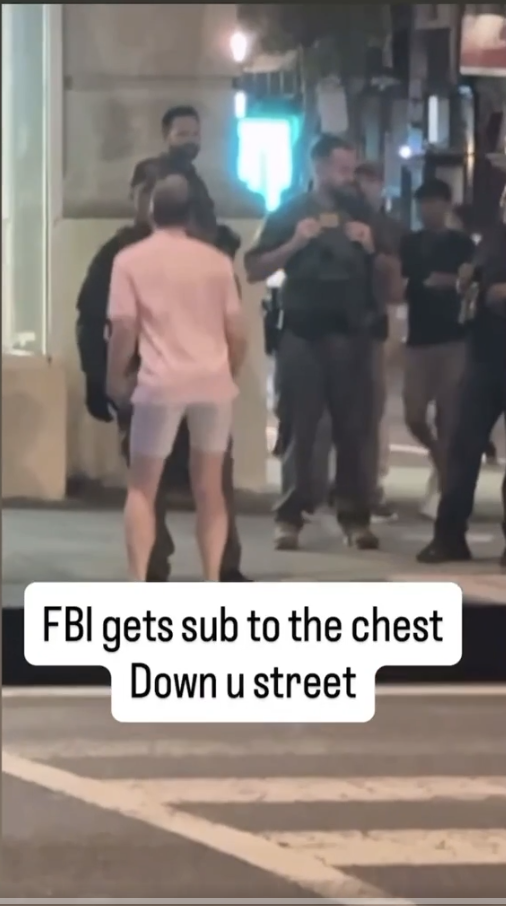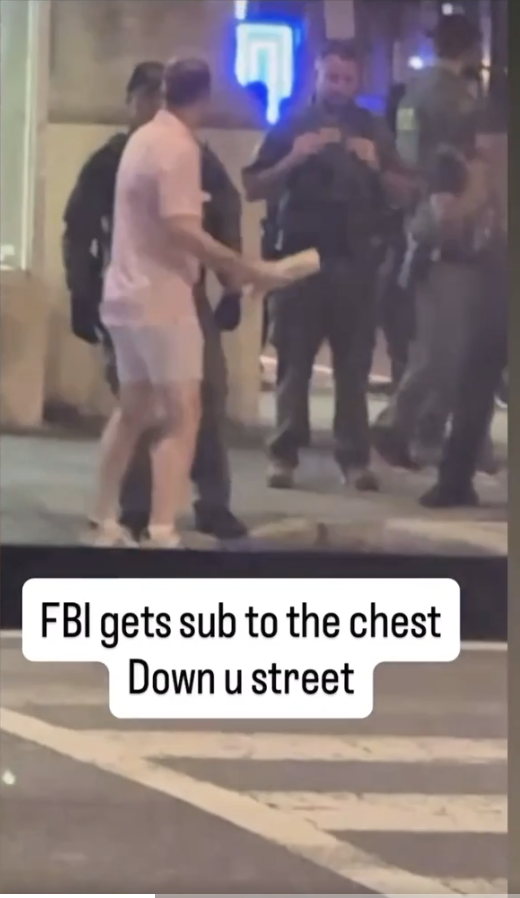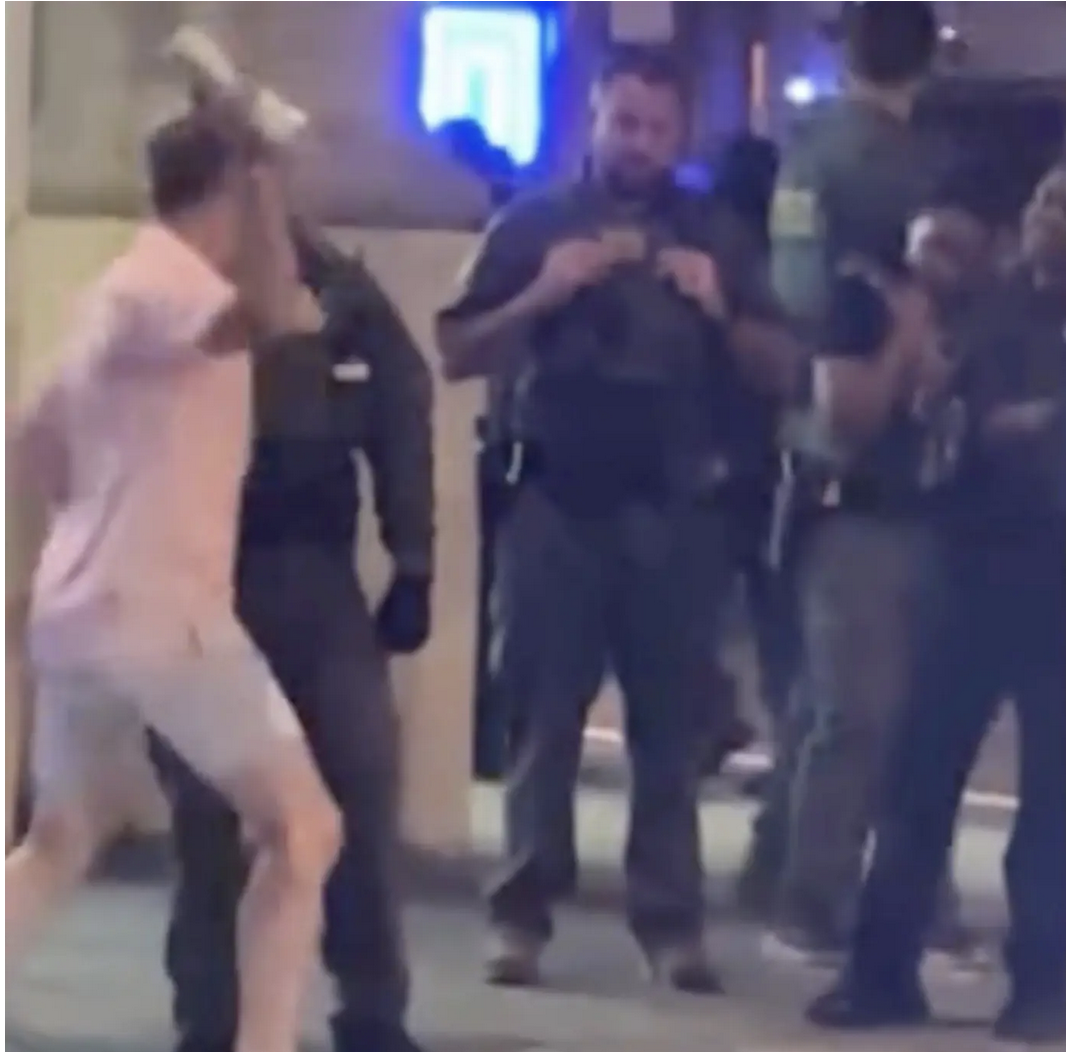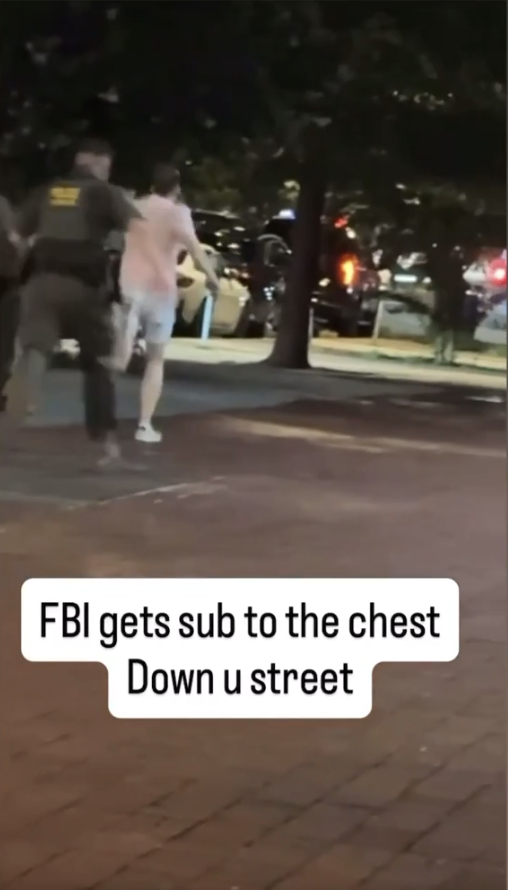I’m All Lost In, #96: Trump’s war on American cities and Subway sandwiches; my credit card debt; Iran 1979.
I’m All Lost In…
the 3 things I’m obsessing about THIS week.
#96
1) An American President’s War on American Cities
The federal attack on NYC’s congestion pricing plan [I’m All Lost In, #71, February 23, 2025] is one early example of how the current administration in the White House is leveraging federal power to trump local control.
Specifically, it’s an example that President Trump’s animosity toward American cities transcends any stated Republican allegiance to the principle of a smaller, restrained federal government. As with MAGA’s sudden silence about the tyranny of armed federal troops descending on cities like L.A. and now this week D.C., it’s a 180 on the right wing’s “Don’t tread on me” posture. Hypocrites!
And don’t even get me started on the fact that the Trump administration is commandeering a profit sharing arrangement with a private company like Nvidia and taking an ownership share in U.S. Steel. National Socialism, anyone?
But Trump’s extremist war on American cities—a cutting-off-your-nose-to-spite-your-face venture given that U.S. cities account for 90.8% of U.S. GDP—is certainly in line with MAGA’s fever dream that cities are an anathema.
Real Americans have long demonized cities, those dens of inauthenticity where both left wingers and slick capitalists, degenerates and loafing artists, wicked women and soft men, elites, godless intellectuals, Blacks, runaways, gays, and drug addicts all live.
It’s a commonplace American trope: The honest aspirations of the simple man versus the corrupting forces of the metropolis. The narrative is as old as Bible stories about Babylon and/or Sodom and Gomorrah juxtaposed with the Bible’s framing fable about the untainted natural world in the idyllic Garden of Eden.
Notice: Right and left wingers alike share the righteous fantasy of tossing marketplace mongers out of the proverbial holy temple just as Jesus did, or of descending from the mountain as Moses did to shatter a false idol, the golden calf. For the quintessential American example see William Jennings Bryan’s Cross of Gold speech, the anti-city “holy cause” jeremiad he delivered at the 1896 Democratic convention. Bryan, “the Boy Orator” from Nebraska, called out the “merchant[s] of New York” for being a corrosive force in America that was besieging “the farmer who goes forth in the morning and toils all day, who by the application of brain and muscle to the natural resources of the country creates wealth.”
*No one should be surprised that Bryan is the same orator who showed up later in his life as the lead prosecutor in the ridiculous 1925 Scopes monkey trial where he unambiguously revealed the reactionary values at the core of this populist vision by taking on those godless scientists.
We haven’t evolved. Tapping directly into the same old holy fire narrative, Trump’s animosity toward U.S. cities stems from his own apocalyptic visions.
When he called in federal troops to quell his urban phantasmagoria this week, Trump described D.C. as being “overtaken by violent gangs and bloodthirsty criminals, roving mobs of wild youth, drugged-out maniacs and homeless people.” But “we’re going to clean it up real quick,” he added.
It’s a fantasy forged during Trump’s bigoted 1960s upbringing in Archie-Bunker Queens at a time when cities, hollowed out by intentionally racist federal housing policies and formalized racist zoning policies, were recast as war zones. Subsequently, white flight came to define the American Dream.
Occupying D.C. with federal troops on the pretense of a crime wave that doesn’t exist is the most brazen step yet in Trump’s assault on American cities. This show of force—along with sending the National Guard and U.S. Marines to L.A. in June and sending border patrol agents to intimidate California’s anti-Trump Gov. Gavin Newsom in downtown L.A. this week as well—is an authoritarian transgression that accompanies Trump’s long list of anti-city policies. Some of his targeted policy attacks on American cities include: an edict to cut federal funding over DEI principles, which disproportionately threatens the missions of urban institutions such as public transit agencies; his HUD rules against metro area density; and his war on educational freedom at the nation’s Ivy League universities such as Boston’s Harvard University and New York City’s Columbia University.
I will continue to register my objections to Trump’s petty provincialism by singing my body electric with YIMBY poetry. Here are the first lines of an ode to city beauty I started this week:
“Airports remind me of the fertile crescent./The hanging gardens of Babylon suggest Saarinen.”
I may also arm myself with Subway sandwiches. Honestly, exorcised D.C. resident Sean Dunn, the former U.S. Air Force officer, DOJ employee, and now prankster folk hero who confronted federal officers on 14th and U. this week by pelting a U.S. Customs and Border Patrol Officer in the chest with a Subway sandwich hilariously undermined Trump’s Il Duce theatrics. Dunn’s impromptu patriotism revealed just how absurd Trump’s flex is. Even funnier is the getaway chase. Dunn, 37, is hardly a speed demon. But still: those officers had difficulty running him down as he jogged away down U. Street. (“Probably a good thing Dunn isn’t' Black. Could have gone down differently,” a POC friend noted. “Glad he used his white privilege for good.”)
Following his heroic “assault with a deli weapon,” the DOJ fired Dunn. They are now bringing felony charges that call for eight years in prison as they seek a grand jury indictment. The judge released Dunn on his his own recognizance later in the week which seems to indicate they think the charges are trumped up.
I cannot stop watching the video of Dunn’s Subaway sandwich insurrection.
The D.C. Hoagie Party, Sunday night, 8/10/25
2) Paying Off My Credit Card Debt
It was a week of tidying up my apartment. I organized documents (found my social security card), tossed irrelevant papers into recycling (why did I still have my rental agreement from two apartments ago?), and threw out unimportant keepsakes (a mysterious cracked cassette case decorated with sparkles and nail polish.) Plus I got an actual trash can instead of my empty Amazon Prime box and Trader Joe’s bag setup, replaced a dilapidated reading lamp with a sleek LED gooseneck light, and ordered a new iPhone case.
But the real cleaning spree was about my finances. I’ve been taking a piecemeal approach to my bills for the last few months. And more worrisome: to my mounting credit card debt.
Part of the problem is that I’ve stupidly been using a credit card to pay for daily purchases; my debit card chip broke months ago, and I haven’t replaced it because it’s set to autopay on several subscriptions and accounts. I already had to replace my debit card twice last year after it was stolen and later when someone hacked the account. So, I’ve stopped using it for POS purchases. Those daily purchases add up quickly on a credit card. Obviously, it’s much better to monitor and manage your spending by paying as you go from your checking account.
But the main culprit this summer has been my bourgeois travel spending, including buying tickets to the U.S. Open. As a result my balance has taken on a grumpy personality. Not wanting to jeopardize my “Excellent” FICO rating—a satisfying rebuke of my financially wobbly 20s, 30s, and 40s—I made some bold decisions and maneuvers this week wiping out my debt in one fell swoop.
The other financial fix: Prompted by using my iPhone to get on the subway in New York last month [I’m All Lost In, #94, August 2, 2025] I’ve now stopped using the credit card for daily purchases. I’ve started tapping my phone for those POS purchases instead.
3) My Longest Running Obsession
As a precocious 7th grader I read the Washington Post every morning before school. During the weekly current events quiz in Mr. Timberlake’s geography class I was the only kid who raised their hand one February afternoon with the answer to a question about Iran. The answer was Ayotollah Ruhollah Khomeini, the weirdly charismatic reactionary cleric who had just returned from exile. His triumphant homecoming stirred unrest on the streets of Tehran against the fledgling monarchy and provisional government, eventually sparking the Iranian Revolution. And nine months later, on November 4, 1979, the seizure of the U.S. embassy by radical Islamist (and some Marxist) students. It was epic.
I was obsessed with this. The dramatic scenes at the U.S. embassy. The competing revolutionary factions (secular left and religious right). The historic events unfolding in real time. And in my time as opposed to the famous and dominant events of the 1960s and earlier 1970s. What struck me most about this historic inflection point though was that under Khomeini Iran became both ardently anti-U.S. and anti-U.S.S.R. something I found eye opening and oddly cool.
Prompted by a new book about this multifaceted revolution that “belonged as much to students, feminists, merchants, liberals, and industrial workers as to clerics…one could [even] find hippies and Jews,” the 8/11/25 New Yorker ran a must-read think piece this week on the Iranian revolution: Nobody Expected the Iranian Revolution. Not Even the Revolutionaries. A Cascade of Oversights and Accidents.
The New Yorker piece by historian Daniel Immerwahr leads with a lovely discussion about Hegelian dialectics and “consequential contingencies.” Immerwahr asks whether quirky events in the runup to the revolution and the hostage crisis were random drivers of history in of themselves or convenient signs of history’s own inexorable script.
One such quirk: the fact that Khomeini’s original directive to “kick them out” [the radical students who seized the American embassy] was ineptly mishandled by his foreign minister.
Of course, the students were not kicked out. Khomeini embraced them. And the rest is my obsession.
(For the record, I don’t buy Hegel’s concept that history’s “agents” act out preordained events. For example, I firmly believe that my choice to raise my hand in Mr. Timberlake’s geography class rerouted my wide open life.)
P.s. Turn the page at the end of this riveting piece and next there’s a captivating article by the New Yorker’s outstanding poetry critic Dan Chiasson. It’s a review of a new book about eccentric mid-20th-century American poet James Schuyler.






